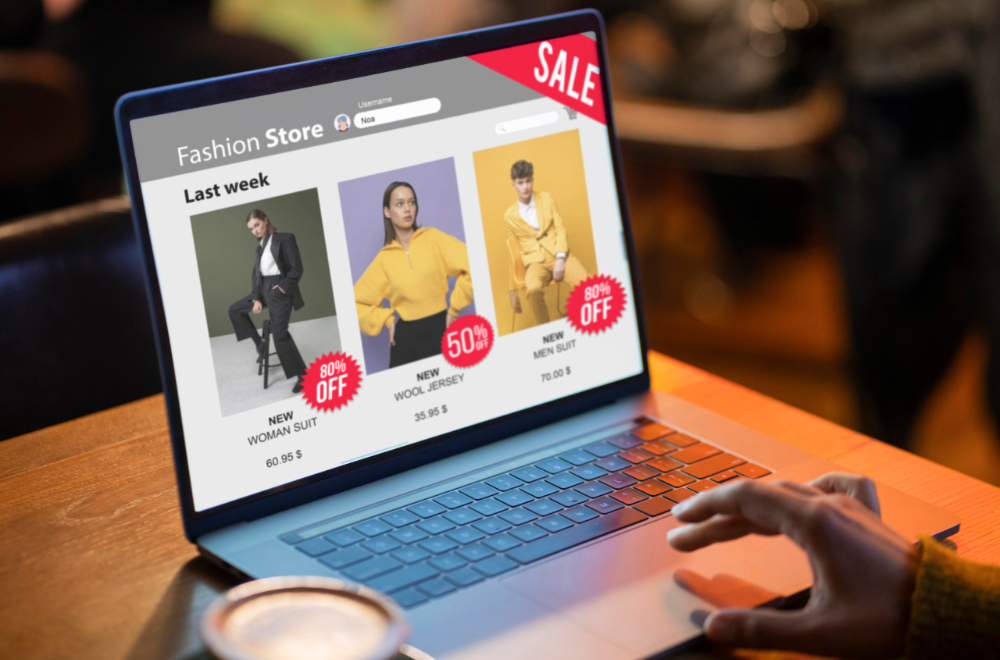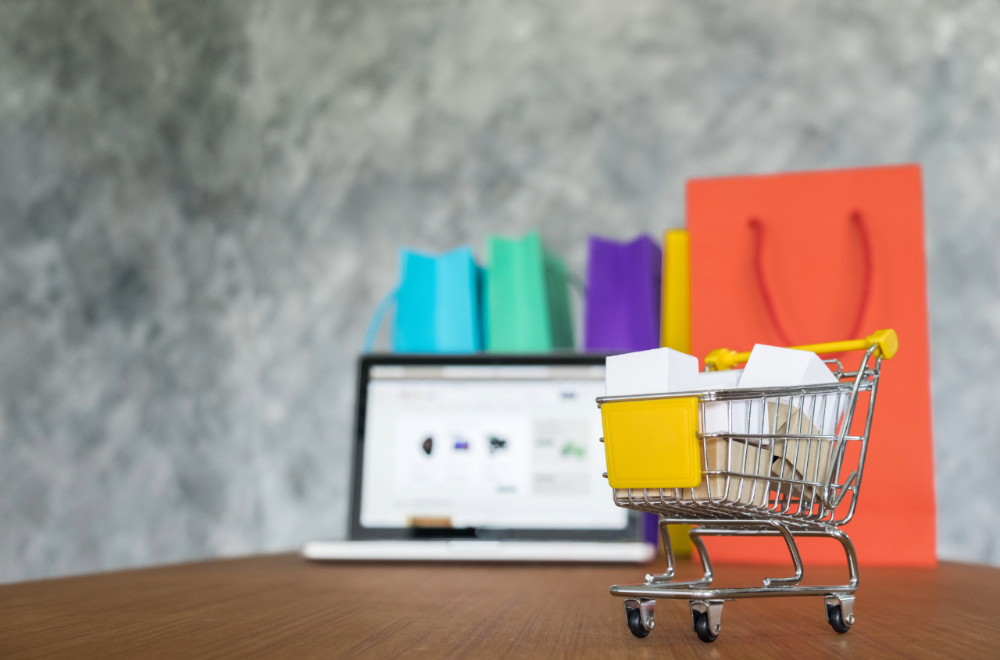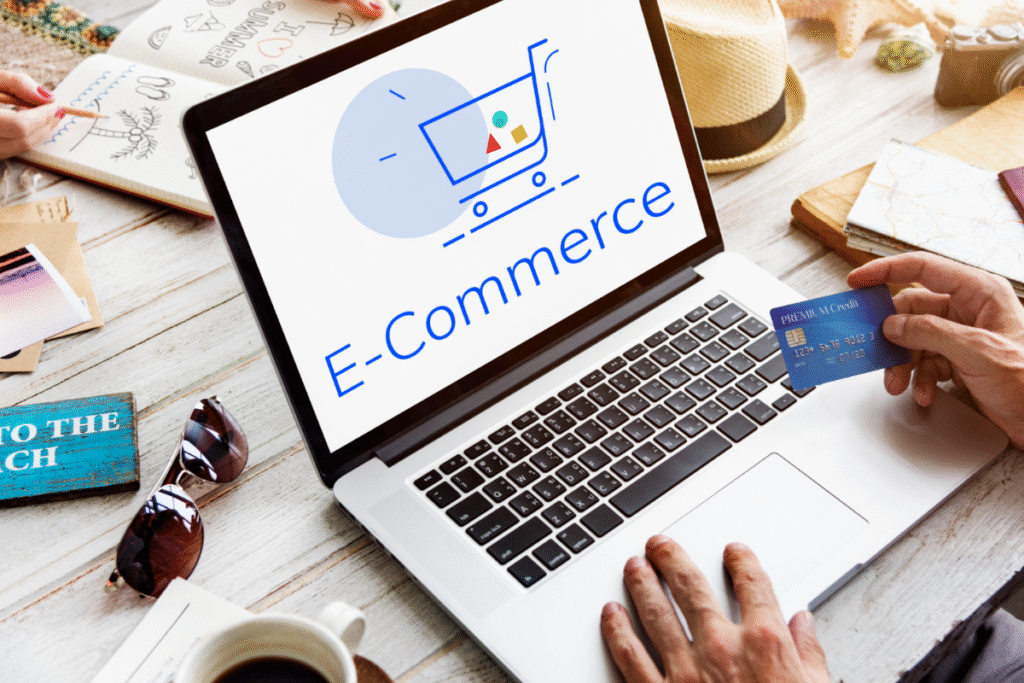Introduction
If you’re sitting there wondering whether e-commerce is still worth your time—or if the bubble’s already popped—you’re not alone. With rising competition, smarter consumers, and AI changing the rules of the game, 2025 feels like a different planet compared to the early days of online selling.
Let us get to the point: does 2025 still see e-commerce as profitable? Short answer: Absolutely—but only if you play smart.
Let’s unpack what’s really happening behind the storefront.
E-Commerce Profitability Snapshot — 2020 vs 2025
| Metric | 2020 Value | 2025 Value | Trend |
|---|---|---|---|
| Global E-Commerce Sales | $4.28 trillion | $7.4 trillion | Explosive growth |
| Avg. Profit Margin (DTC) | 10–20% | 15–25% | Higher margins |
| Conversion Rate (Avg) | 1.8% | 2.5% | Better optimization |
| Cart Abandonment Rate | 69% | 62% | Improved UX |
| Mobile-Driven Purchases | 52% | 74% | Mobile-first boom |
| AI Personalization Adoption | ~20% | ~65% | Major advantage |
Top E-Commerce Models Thriving in 2025
| E-Commerce Model | Description | Profitability Score |
|---|---|---|
| Direct-to-Consumer (DTC) | Brands selling directly to customers online | 4 |
| Subscription Box | Recurring revenue via curated products | 3 |
| Print-on-Demand | On-demand printing, low inventory | 2 |
| Digital Products | E-books, courses, SaaS access | 5 |
| B2B E-commerce | Businesses selling to other businesses | 3 |
| Social Commerce | Selling via Instagram, TikTok, etc. | 4 |
The Big Picture: E-Commerce Is Bigger—But Not Easier
E-commerce isn’t dying; it’s evolving. In fact, it’s now more profitable, personalized, and performance-driven than ever before.
Here’s the deal:
- More people are shopping online globally.
- Mobile commerce has taken over—most buyers now shop through their phones.
- AI is automating everything from product recommendations to customer service.
- The shipping and logistics world has become faster, smoother, and more transparent.
TL; DR: Still profitable—but with that caveat that comes into play: your brand needs to develop with the market.
What’s Fueling Profitability in 2025?

Several trends are boosting profitability for smart e-commerce sellers:
1. Smarter Targeting Through AI
In 2025, personalization using AI is the ‘secret ingredient’. Like product recommendations that change in real time, dynamic pricing, helpful AI chatbots, and email flows that not only persuade but also convert.
If you’re using tools like Klaviyo, Shopify Magic, or Meta’s Advantage+ shopping campaigns—you’re already ahead.
2. Better Customer Experience
A clunky website or slow checkout process used to be annoying. Now? It’s a dealbreaker.
For the customers of 2025, it is expected that there would be:
- An exceedingly fast mobile UX.
- Other payment options, such as Buy Now Pay Later and cryptocurrency.
- Easy-to-process returns.
- Support at all times, day or night.
Those brands that can win in these four elements will not only survive-but also thrive.
3. Low-Overhead Models
Want high profit without high risk? Look at:
- Digital products (zero shipping)
- Print-on-demand (zero inventory)
- Drop servicing (zero product creation)
These models allow solopreneurs and microbrands to stay lean—and still earn well.
Warning: The Old Ways Don’t Work Anymore
If you’re still doing what worked in 2020, you’re probably struggling. Here’s what’s been phased out:
- Basic dropshipping from AliExpress
- Keyword-stuffed product listings
- Running Facebook Ads without A/B testing
- Ignoring mobile-first design
- Ignoring video (especially short-form)
The game has changed. You either adapt—or disappear.
The Profit Is in the Niche
Trying to be “everything for everyone” online? You’ll drown.
But if you go niche, you’ll win.
A Shopify store selling everyday mugs = meh.
A store selling astrology-themed mugs for left-handed Capricorns = viral gold.
Hyper-targeted products allow for:
- Easier community building
- Higher margins
- Lower ad costs
- Repeat customers
What About Competition? Isn’t the Market Too Saturated?
Sure, there’s a lot of competition. But here’s the thing:
Most of them aren’t doing it well.
They don’t test ads.
They don’t invest in UX.
They ghost customers after purchase.
They focus on products, not solutions.
That’s your opening.
In 2025, execution > ideas. Plenty of room remains for great operators.
E-Commerce Channels That Are Driving Profits

It used to be all about Facebook and Google. The funding is now coming from additional sources:
TikTok Shop & Instagram Checkout
Social commerce is exploding. You can now sell directly inside the apps your customers scroll every day. No website needed.
Live Shopping Events
Brands are using TikTok and Amazon to conduct QVC-style live events. It’s like content and commerce had a baby—and it converts like crazy.
Email + SMS Retargeting
The classic email + SMS combo still crushes, especially with AI-crafted flows that feel human, not robotic.
Profit Margin Breakdown (Example: DTC Apparel Brand)
Let’s look at a typical DTC (direct-to-consumer) clothing brand in 2025:
- Product Cost (incl. shipping): $10
- Selling Price: $40
- Marketing/Ad Spend: $12
- Packaging + Handling: $3
- Platform Fees (Shopify, Stripe, etc): $3
- Net Profit per Unit: $12
That’s a 30% profit margin. Multiply by 1,000 monthly sales = $12,000 net profit/month
Not bad, right?
What’s the Catch?

Okay—e-commerce is still profitable. But there is a catch:
That means:
You have to earn your profits.
- Constantly optimizing your offer
- Keeping up with changing algorithms
- Understanding customer psychology
- Investing in branding, not just products
Passive income? Not quite. But scalable income? 100% yes.
Final Verdict: Still Profitable—For Smart Sellers Only
Let’s answer the big question plainly:
Is e-commerce still profitable in 2025?
Yes—but only for businesses that evolve with the times.
The gold rush mentality is over. This isn’t “launch a store, sit back, and get rich.” It’s launch, test, learn, refine, repeat.
But if you:
- Sell something people genuinely want
- Provide a great experience
- Embrace modern tools and trends
You’re not just building a profitable store.
You’re building a real, sustainable brand.
FAQS
A1: Yes, e-commerce remains highly profitable in 2025, especially with the rise of niche markets, AI automation, and personalized customer experiences. However, success depends on strong branding, efficient operations, and smart digital marketing.
A2: Key factors include:
Global online shopping growth
AI-driven personalization
Fast shipping logistics
Mobile commerce expansion
Low-cost entry with dropshipping or print-on-demand
A3: Trending profitable niches include:
Health and wellness products
Eco-friendly and sustainable goods
Smart home gadgets
Pet supplies
Digital products and courses
Subscription boxes
A4: Yes, beginners can succeed with the right tools, strategies, and niche selection. Platforms like Shopify, WooCommerce, and Etsy offer user-friendly setups with low upfront costs.
A5: AI enhances e-commerce by automating customer service (chatbots), optimizing inventory, personalizing shopping experiences, and improving ad targeting—leading to increased conversions and profitability.
A6: Absolutely. E-commerce provides scalable opportunities for small businesses to reach global audiences, diversify income streams, and build strong digital brands with fewer overhead costs.
A7: You can start with as little as $200–$1,000 depending on your business model (e.g., dropshipping vs. private label). Initial costs include a domain, website hosting, marketing, and product sourcing.
A8: Top platforms include:
Shopify (all-in-one e-commerce)
WooCommerce (for WordPress users)
BigCommerce
Wix eCommerce
Etsy (for handmade or niche products)
Amazon FBA (for third-party sellers)


1 Comment
There’s a certain magic in the way you make even the most abstract ideas feel personal and real.